Tag: sun
-
Rocket Flight to Sharpen NASA’s Study of the Sun
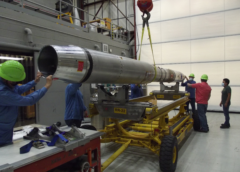
It’s best not to look directly at the Sun, unless you’re one of NASA’s Sun-observing instruments. And even then, doing so will cause some damage. Exposure to the Sun degrades light sensors of all kinds, from the retinas in the human eye to instruments aboard NASA’s Solar Dynamics Observatory satellite, or SDO. Fortunately, with periodic calibrations,…
-
Seeing the Sun in a New Light
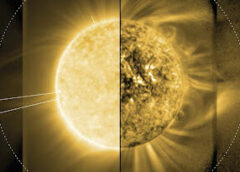
Innovative observations of the solar corona could improve space weather forecasts Using a NOAA telescope in a novel way, researchers from the Cooperative Institute for Research in Environmental Sciences (CIRES) working in NCEI captured the first-ever images of dynamics in the sun’s elusive middle corona. The observations, from the Solar Ultraviolet Imager (SUVI) on NOAA’s GOES-17 satellite,…
-
Natural Radio Signal Discovered in Venus’ Atmosphere (video)
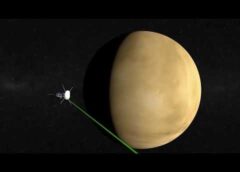
On May 3, 2021, NASA announced a discovery in the atmosphere of Venus. According to new measurements from the Parker Solar Probe, an unexpected natural radio signal was detected emitting from Venus’ ionosphere. It was discovered while the probe was using the planet as a “gravity slingshot” for the close to the sun approach. The Parker…
-
Parker Solar Probe Discovers Natural Radio Emission in Venus’ Atmosphere
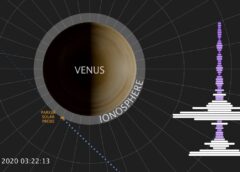
During a brief swing by Venus, NASA’s Parker Solar Probe detected a natural radio signal that revealed the spacecraft had flown through the planet’s upper atmosphere. This was the first direct measurement of the Venusian atmosphere in nearly 30 years — and it looks quite different from Venus past. A study published today confirms that Venus’ upper…
-
NASA Approves Heliophysics Missions to Explore Sun, Earth’s Aurora
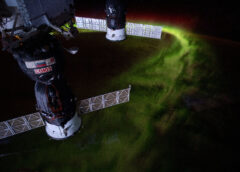
NASA has approved two heliophysics missions to explore the Sun and the system that drives space weather near Earth. Together, NASA’s contribution to the Extreme Ultraviolet High-Throughput Spectroscopic Telescope Epsilon Mission, or EUVST, and the Electrojet Zeeman Imaging Explorer, or EZIE, will help us understand the Sun and Earth as an interconnected system. Understanding the…
-
A Probe’s Journey to the Sun
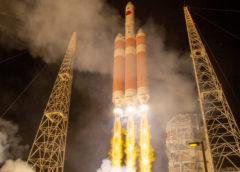
After a successful launch of a United Launch Alliance Delta IV Heavy Rocket, its passenger, NASA’s Parker Probe, is now on its way to rendezvous with the sun. Onlookers cheerfully watched as lift off occurred at 3:31am EDT from Space Launch Complex 37 on Cape Canaveral Air Force Station in Florida. The spacecraft, which…
-
Asteroid 2002 AJ129 to Fly Safely Past Earth Super Bowl Sunday

Asteroid 2002 AJ129 will make a close approach to Earth on Super Bowl Sunday, February 4, 2018 at 1:30 p.m. PST. At the time of closest approach, the asteroid will be no closer than 10 times the distance between Earth and the Moon. 2002 AJ129 is an intermediate-sized near-Earth asteroid, somewhere between 0.3 miles and…
